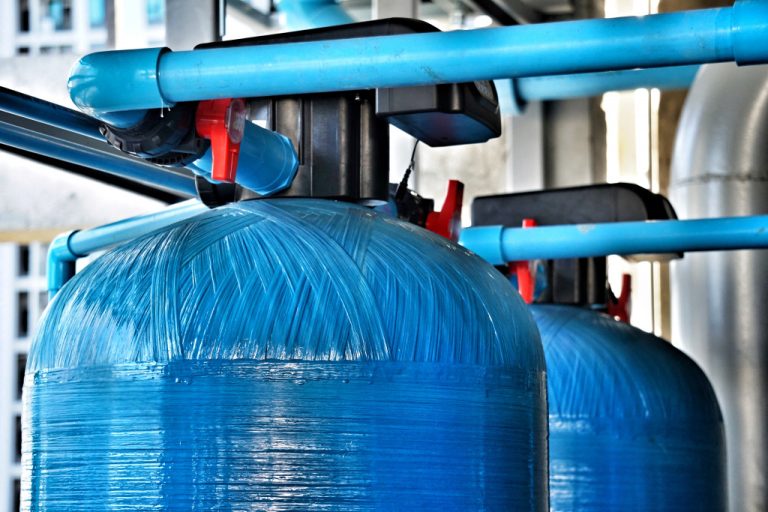Many industries rely on liquids for their products or services. For example, the pharmaceutical industry uses various liquid forms to create its medications. To produce a sterile product, they require different liquids that must meet certain specifications in terms of quality and purity. The beverage industry is another sector that requires drinks for its products. To make a variety of beverages, they need purified water, alcohol, and other ingredients that are in liquid form. Without these liquids, we would not be able to produce the beverages we enjoy daily.
However, those industries are responsible for ensuring that the liquids they use are clean and safe for human consumption. This situation is why they must comprehensively understand how to work with drinks. Here are some critical operational processes industries must follow when working with liquids.
Safe Storage
The liquid is an essential part of many industries, and proper storage is critical to ensure that the liquid is safe for human consumption. It is also essential with chemicals, especially when workers are in direct contact with them. The most common tools necessary to secure storage are:
- A clean area: The area where the liquid remains stored must be clean and free of dust, dirt, or other contaminants. This strategy will help to ensure that the fluid is not contaminated.
- Storage containers: The containers that the liquid gets stored in must be clean and free of debris. The containers should also have appropriate labels, so it is easy to identify what is inside.
- Sealed containers: The containers should remain filled tightly to prevent environmental contamination.
- Proper temperature: The liquid must be stored at the appropriate temperature to ensure that it is not spoiled.
Safe storage will be the vital first step for handling liquid. If not, it could result in quality deterioration or risk of contamination. Tank storage should be designed with safety in mind to protect workers and the environment.
Piping and Connections
After the liquids are stored, they must get transferred via piping to the different production areas. During this process, it is essential to have:
- A secure connection: The connections between the storage tank and the production line must be sure to prevent leaks.
- Suitable piping: The piping used for transferring the liquid must be of high quality to avoid contamination or leaks.
- Sterile conditions: The piping system must remain clean and free of contaminants to ensure that the liquid is not spoiled.
To produce a safe and sterile product, you must have a well-designed piping system. This system will help to ensure that the liquid gets transferred without contamination. Another essential part of piping is ensuring there are ways to stop fluid flow in an emergency.
Filtration

Filtration is a process that helps to remove impurities from the liquid. This process is crucial to ensure that the liquid is safe for human consumption. The most common types of filtration are:
- Absolute filters: These filters help to remove all particles from the liquid, including bacteria and viruses.
- Membrane filters: These filters help to remove larger particles from the liquid, such as dirt and debris.
- Activated carbon filters: These filters help to remove chemicals and other impurities from the liquid.
Filtration is an essential process in working with liquids. It helps to ensure that the fluid is safe for human consumption. Without filtration, the liquid could contain impurities that could make people sick.
Quality Control
Quality control is a process that helps to ensure that the liquid meets all safety standards. This process includes:
- Testing the liquid: The liquid must get tested for purity and safety before being used in production.
- Inspecting the containers: The containers storing the liquid must get inspected for damage or contamination.
- Labeling the containers: The containers must remain marked with the appropriate information, such as the contents and expiration date.
Quality control is the final step in ensuring that the liquid is safe for human consumption. This process helps to ensure that the fluid meets all safety standards. Without quality control, the liquid could be contaminated and cause people to get sick.
Maintenance
Errors, accidents, and spills can happen at any stage of working with liquids. To prevent these accidents, your company must have a maintenance plan. This plan should include:
- Regular inspections: All equipment and piping must remain inspected for damage or leaks.
- Emergency procedures: There should be procedures in place for how to handle spills and other accidents.
Maintenance is an essential part of working with liquids. However, physically doing the process could result in contamination or exposure, making the liquid unusable. Fortunately, you can partner with a company that provides block valve diagnostics services, a minimally invasive way to inspect your valves and piping. This method is safe and will not contaminate the liquid.
Final Thoughts
Working with liquids can be a delicate process. However, by following these operational processes, you can ensure that the liquid is handled safely and remains pure. With these processes in place, you can produce a safe and sterile product.

